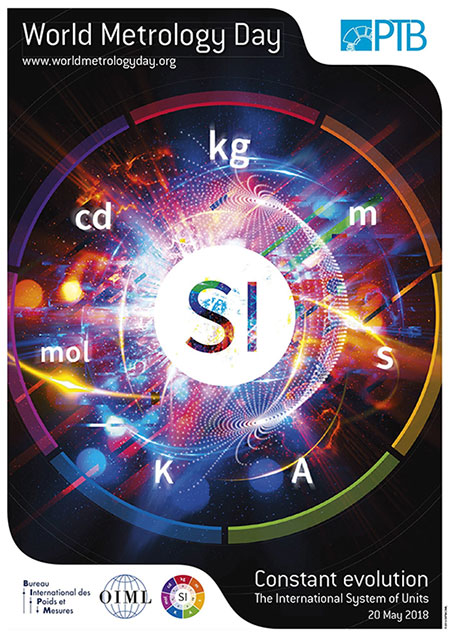Official: 1 kilogram is no longer 1 kilogram, and so are 3 other basic quantities
As reported, on November 16, 2018, representatives of more than 60 countries at the Weight and Measurement Conference (CGPM) held in Versailles voted to remove the old kilogram concept, and Welcome to 1 kilogram quantity based on Planck's constant. And according to updated information, except for a few absent representatives, nearly all participating countries voted in favor.
This means that since the World Science Measurement Day 20/5/2019, the definition of a new kilogram will be officially applied.
But in particular, the kilogram not the only quantity will be redefined after the Weight and Measurement Conference (CGPM) held in Versailles.
We have 3 more quantities: ampere (A) - unit of measurement of electric current; Kelvin (K) - temperature measurement unit; and mole (or molar) - unit of measurement of substance .
Why change, and how to change?
The concept of 1kg has to be changed because it has so far been determined based on the International Prototype Kilogram (IPK) - a cylindrical metal block stored in a sealed cellar in France.
The problem is that IPK will change volume over time due to environmental impacts, so regular maintenance is required. In addition to having more than 40 copies of IPK worldwide, this unit thus becomes very vague and requires a precise concept with fewer errors.
The reason for changing the kilogram is clear. But the ampere, kelvin and mol, "what " are they guilty of? In fact, all 3 have problems.

The quantities in the SI system will be changed, referring to the invariants in nature.
Ampere is determined based on the current between "2 parallel conductors extending to infinity with negligible cross section .". However, "insignificant cross-section" is a very vague concept, and is not something that can be given correctly in a laboratory environment. So at this conference, 1 ampere will be determined based on the charge current of the electron - constant e.
Kelvin and molar , each quantity is determined based on a substance, carbon and fig atom. But with this change, Kelvin will use the Boltzmann constant - denoted by k, which represents the correlation between the kinetic energy of the nucleus and the temperature. Remarkably, the main Boltzmann constant is due to Max Planck - the father of the upcoming Planck constant used to redefine 1kg - to find.
As for molar, the "mol" concept is now omitted from its carbon unit. Instead, 1mol is now uniquely containing only the number of molecules equal to Avogadro's constant (equivalent: 6,022x10 ^ 23).
However, the most significant change is still about the concept of 1kg, although it is still primarily a scientific meaning .
- The Kilogram unit is about to be redefined
- This Friday will determine the existence of the kilogram unit
- Find a way to break the second law of thermodynamics
- The method of replacing the standard platinum one kilogram weight
- Redefine the kilogram
- The basic knowledge is wrong, but many people still believe it
- Is there a new definition of kg?
- Iran discovered large quantities of molybdenum sediment
- The problem of horses causing fever in social networks
- 'Secrets' of the standard mass of US stored in a vacuum glass cage
- Google introduces a basic AI learning and learning website
- In the future, it will be 25 hours long because the Earth slows down
 Vietnam 5th Asian champion on fuel-efficient vehicles
Vietnam 5th Asian champion on fuel-efficient vehicles We can read all NASA studies completely free of charge
We can read all NASA studies completely free of charge Singer and songwriter Bob Dylan won the 2016 Nobel Prize for Literature
Singer and songwriter Bob Dylan won the 2016 Nobel Prize for Literature Scientific revolution in Asia
Scientific revolution in Asia The first quantum gravity meter appears, revealing the secret map of the underground world!
The first quantum gravity meter appears, revealing the secret map of the underground world!  Ben Nevis - the highest peak in England increases by 1 meter
Ben Nevis - the highest peak in England increases by 1 meter  Why does the US use miles and feet to measure length?
Why does the US use miles and feet to measure length?  A physicist proposes a uniform measurement system in space
A physicist proposes a uniform measurement system in space  Convert multi-unit measurement units
Convert multi-unit measurement units 